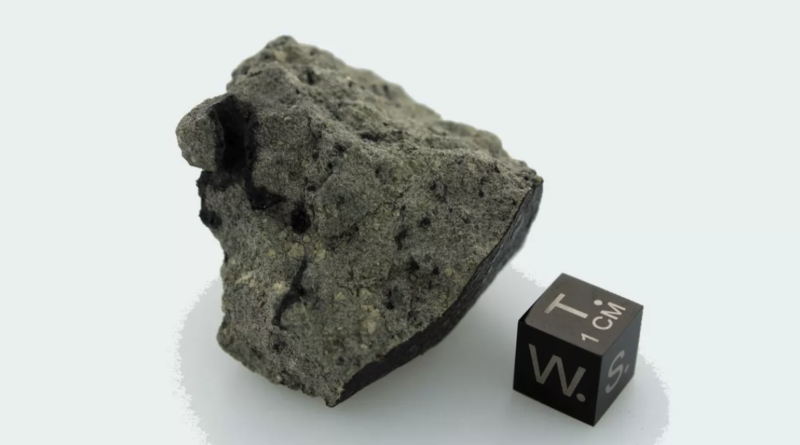Mars meteorite Holds Studied For Old Life Clues
A Martian meteorite that landed in Morocco 11 years ago could help to find clues to chances of ancient life on Mars. The meteorite has been found to contain a wide variety of organic compounds, which could aid in the search for evidence of past life on Mars and provide insights into Earth’s geological history.
Researchers from the Technical University of Munich and Helmholtz Zentrum Munich in Germany say that Mars and Earth have many similarities in their evolutionary history, and understanding the presence of water, organic molecules, and reactive surfaces on Mars is crucial in answering the question of whether life ever existed there.
The meteorite, named Tissint after the town in Morocco where it was found, is one of only five Martian meteorites that have been observed while falling to Earth. The rock is believed to have formed hundreds of millions of years ago on Mars and was likely sent into space by a powerful event before landing on our planet.
The scientists also discovered a large quantity of organic magnesium compounds which had not been previously found in Martian samples. These compounds could provide insight into the high-pressure, high-temperature geochemistry that shaped Mars’ interior. Additionally, their presence could suggest a connection between the carbon cycle on Mars and the evolution of its minerals.
The researchers are now looking to samples that will be returned from Mars by future missions, such as Mars Sample Return, a joint mission of NASA and the European Space Agency, for more geological information about the planet. This data could greatly enhance our understanding of the formation, stability and dynamics of organic compounds in ancient Martian environments.
